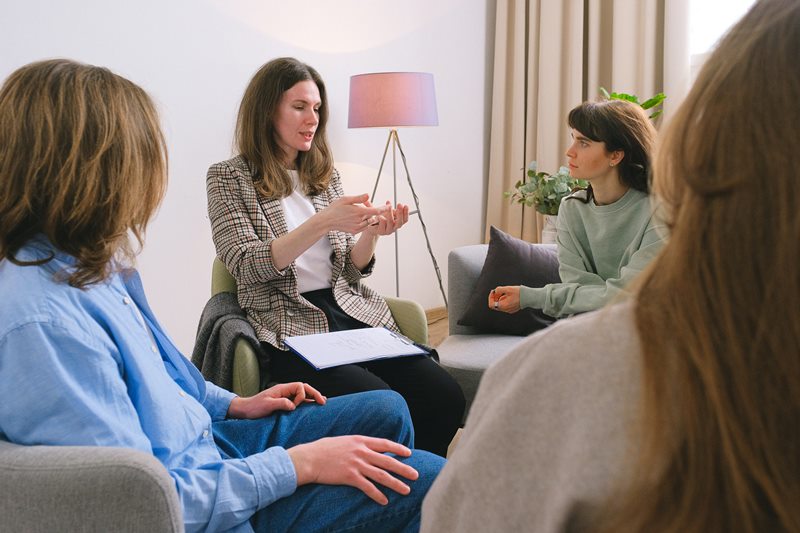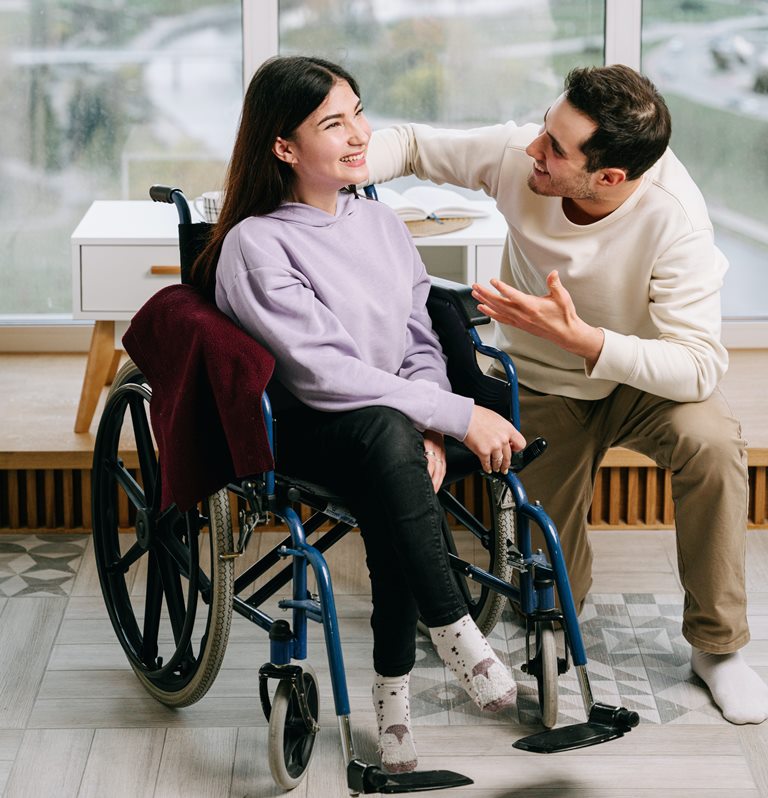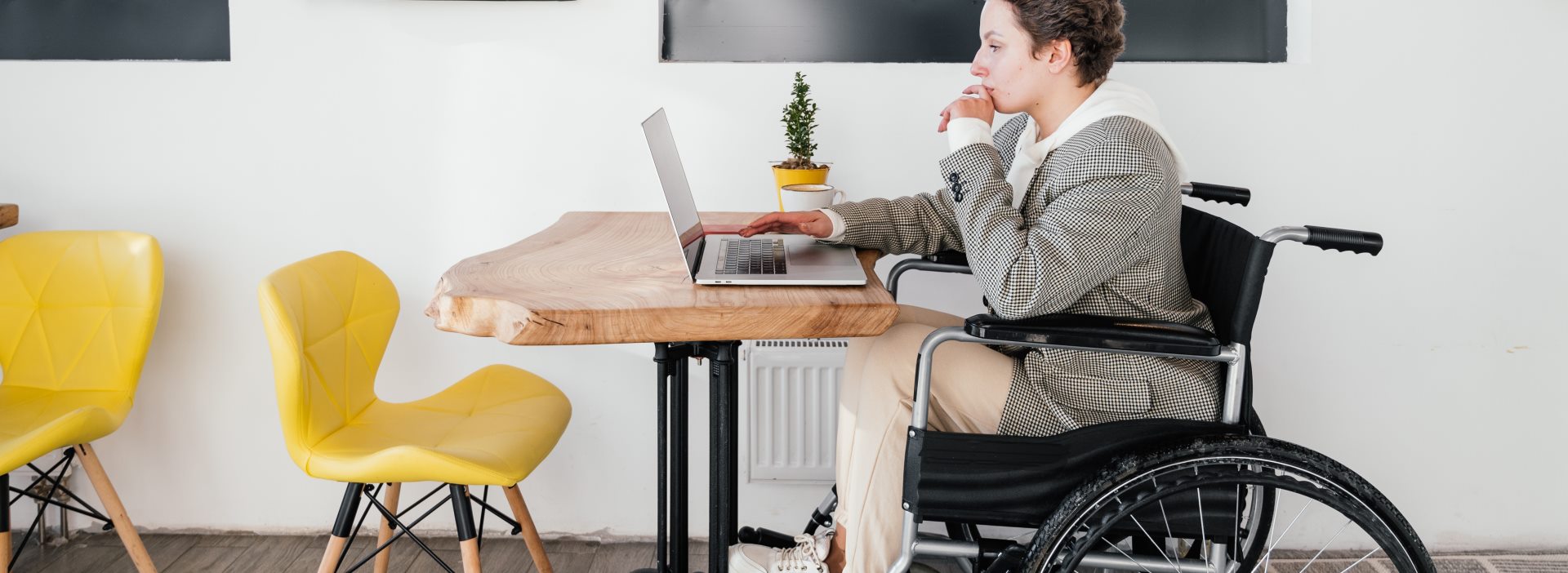Individual Learning Plans
ILPs are created using person-centred approaches developed to meet the needs and goals of individuals. Plans are reviewed regularly on an individual basis and all achievements. The process involves goal setting, learning delivery, support and review, recoding achievement, positive reinforcement, and rewards.
Individual Learning Plans identify : Learning styles or preferences, prior learning, likes & dislikes, motivators cultural aspects, any barriers to learning, the starting point is always the long-term goals of the individual. We can then identify what skills, knowledge and understanding an individual needs to work towards their goals. The individual learning plan identifies shorter-terms objectives that provide smaller steps of learning towards longer-term aspirations.
Learning for people with complex needs:
For people with more complex learning disabilities, it is important to recognize skills that will enable individuals to lead a more fulfilling life, providing opportunities for skills to be learned and transferred to a range of other settings.
To support this principle, we have developed three keys learning areas:
- Communication
- Maximizing independence
- Participation, including developing relationships.

We have highly regarded ‘communication best practice guidelines’ that support staff to develop useful communication profiles and identify alternative communication systems such as signing, using symbols or object to develop communication skills.
- We provide special approach for people who has mental illness and autism, Intellectual disabilities and any physical disabilities. And organization who not only use person centre approach, but also use art therapy approach. Art therapy uses art materials and directives to activate sensory responses and generate imagery that is directly connected to emotions. This process helps one to re-experience emotions in a way that allows them to organize their feelings and form a narrative around an overwhelming experience.
There are three main ways that art therapy is employed. The first one is called analytic art therapy. Analytic art therapy is based on the theories that come from analytical psychology, and in more cases, psychoanalysis. Another way that art therapy is utilized is art psychotherapy. In all of these different approaches to art therapy, the art theerapist’s client goes on the journey to delve into their inner thoughts and emotions by the use of paint, paper and pen, clay, color pencils, or maybe even fabric.
Art therapy can be used to help people improve cognitive and sensory motor function, self esteem, self awareness, emotional resilience. Art therapy can be successfully applied to clients with physical, mental or emotional problems, diseases and disorders. Any type of visual art and art medium can be employed within the therapeutic process including painting, drawing, sculpting, photography, creative journaling and freestyle creations.
- We are disability organization that focus on using chromotherapy especially for people who has autism. Color therapy is based on the idea that color and colored lights can help treat physical or mental health. According to this idea, they cause subtle changes in our moods and biology.
- We are disability organization that focus on using a lot of technical training for people who has SCI (Spinal Cord Injury. Special for people who has SCI, we provide rehabilitation care and different kind of training such as : spasticity & contracture Management. We provide experienced physiotherapist.

Address:
Melbourne, AustraliaE-mail:
[email protected]
